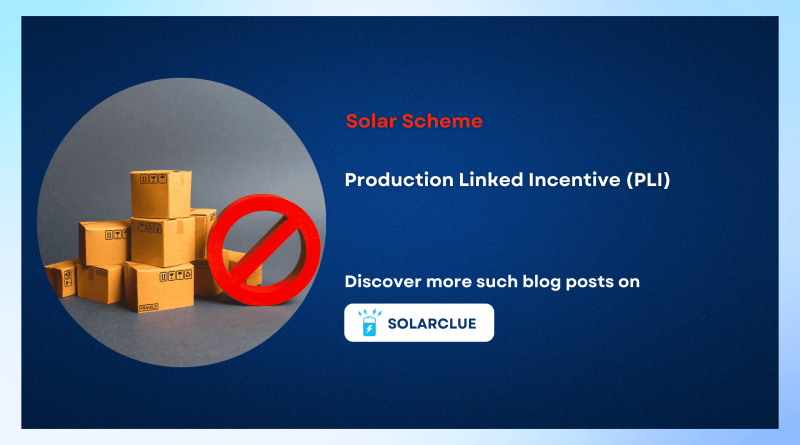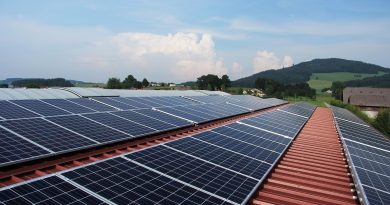Production Linked Incentive (PLI)
In a pivotal move towards achieving a Giga Watt (GW) scale manufacturing capacity for High Efficiency Solar PV Modules, the Ministry of New and Renewable Energy, Government of India, has implemented the Production Linked Incentive (PLI) Scheme. With a substantial outlay of Rs. 24,000 crore, this scheme aims to foster a robust ecosystem for the production of high-efficiency solar PV modules within the country. The scheme, outlined in two tranches, holds the potential to reduce import dependence, encourage cutting-edge technology adoption, and boost employment in the renewable energy sector.
Aims and Objectives
The primary objectives of the PLI Scheme for National Programme on High Efficiency Solar PV Modules are multi-faceted:
Capacity Building: The scheme seeks to build a significant manufacturing capacity for high-efficiency solar PV modules, contributing to the country’s overall solar power production.
Technology Integration: By allowing a range of technologies and incentivizing those yielding superior module performance, the scheme aims to introduce cutting-edge technologies to India.
Integrated Plants: Promotion of integrated plants is a key focus to enhance quality control and competitiveness in the manufacturing process.
Local Material Sourcing: The scheme aims to develop an ecosystem for sourcing local materials, fostering self-reliance and sustainability in solar manufacturing.
Employment and Technological Self-Sufficiency: Job creation and technological self-sufficiency are overarching goals of the PLI Scheme, aligning with the broader vision of India’s renewable energy future.
Tranche-I:
In April 2021, the Union Cabinet approved the PLI Scheme for Tranche-I with an outlay of Rs. 4,500 crore. The guidelines were issued on 28th April 2021, and the Indian Renewable Energy Development Agency Limited (IREDA) acted as the implementing agency. Three successful bidders were selected to set up fully integrated Solar PV Module manufacturing units, achieving a total capacity of 8,737 MW within the allocated outlay.
Tranche-II:
Following the Union Cabinet’s approval in September 2022, the Ministry of New & Renewable Energy issued Scheme Guidelines for Tranche-II, with a significantly increased outlay of Rs. 19,500 crore. Solar Energy Corporation of India (SECI) took charge as the implementing agency and issued the tender document for Solar PV manufacturers under Tranche-II. In April 2023, SECI issued Letters of Award to 11 bidders, marking a substantial leap with plans to set up 39,600 MW of fully or partially integrated solar PV module manufacturing units.
Conclusion:
The PLI Scheme for High Efficiency Solar PV Modules stands as a testament to India’s commitment to transforming its renewable energy landscape. By promoting domestic manufacturing, fostering technological advancements, and reducing import dependence, the scheme paves the way for a sustainable and self-reliant future. As the selected manufacturers gear up to contribute significantly to India’s solar capacity, the PLI Scheme emerges as a cornerstone in the nation’s journey towards cleaner and more resilient energy sources.


